
by barqar | May 15, 2025 | Cataracts, Eye Health, Uncategorized
Diabetes affects more than just your blood sugar. It can also have a serious impact on your vision. Over time, high blood glucose levels can damage the small blood vessels in the eyes, leading to a group of conditions known as diabetic eye disease. These conditions...
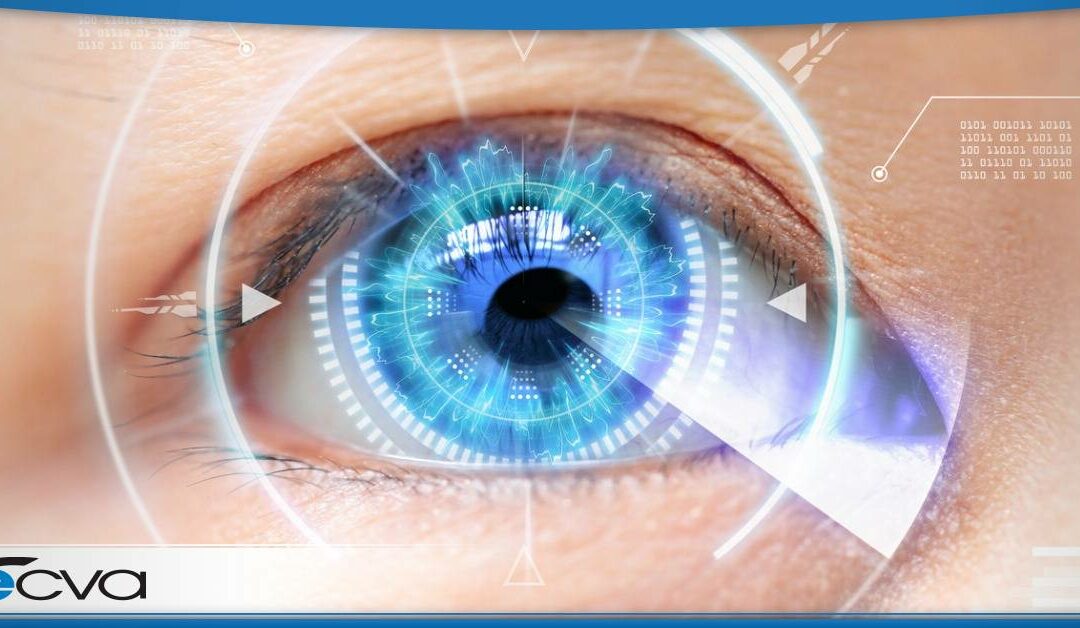
by ecvaeyeadminz | Aug 27, 2024 | Cataracts
You might not realize it, but ignoring cataract symptoms can lead to blindness. Globally, cataracts are the leading cause of blindness, with 15.2 million people afflicted annually. If you’re experiencing cataract symptoms, see your doctor. Cataract surgery is a highly...
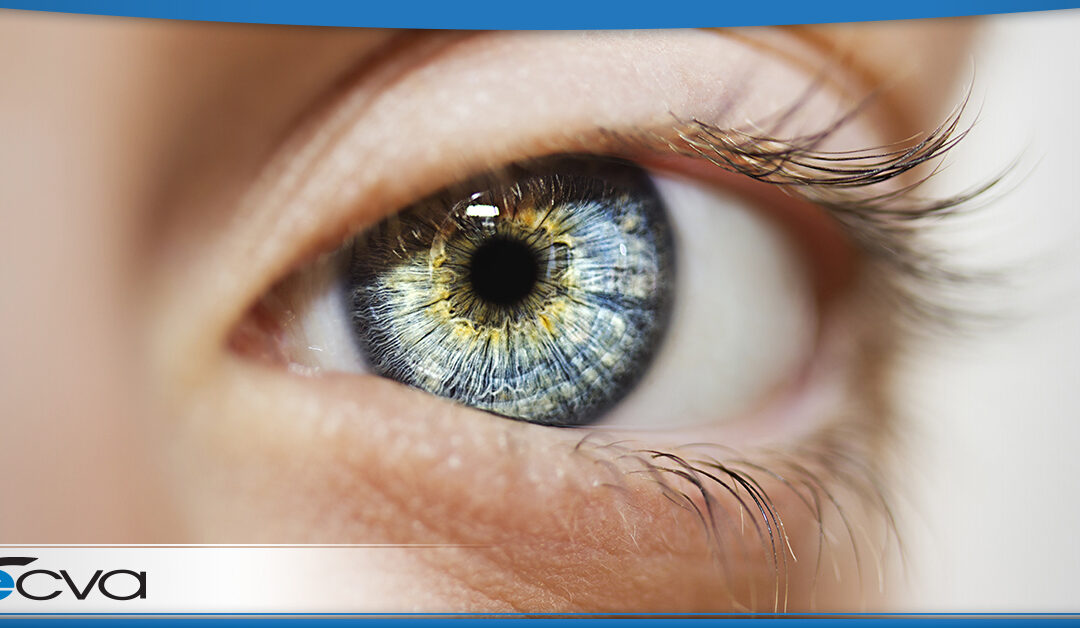
by ecvaeyeadminz | Aug 5, 2024 | Cataracts, Eye Health
If you live long enough, you will likely experience cataracts; they are a natural part of aging. The National Eye Institute says, “Cataracts are very common as you get older. In fact, more than half of all Americans age 80 or older either have cataracts or have had...
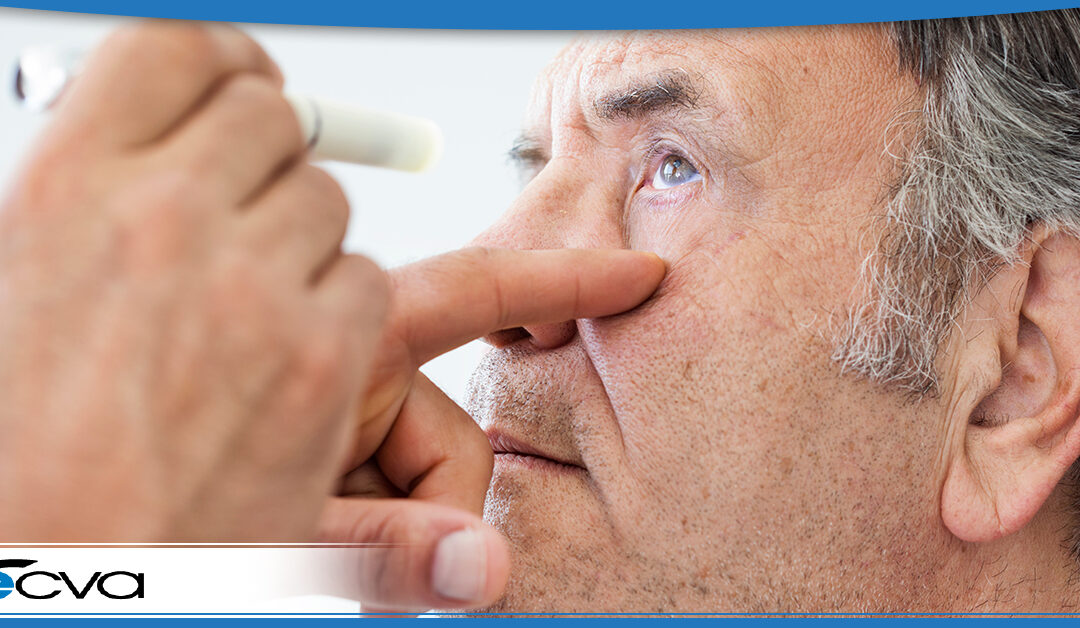
by preichert | Jun 19, 2024 | Cataracts, Eye Health
More than 6.1 million American cataract patients have successfully undergone surgery to remove them. This statistic marks the surgery as one of the more common in the medical world. If you live past 70, the chances are high you’ll experience cataracts in one or both...
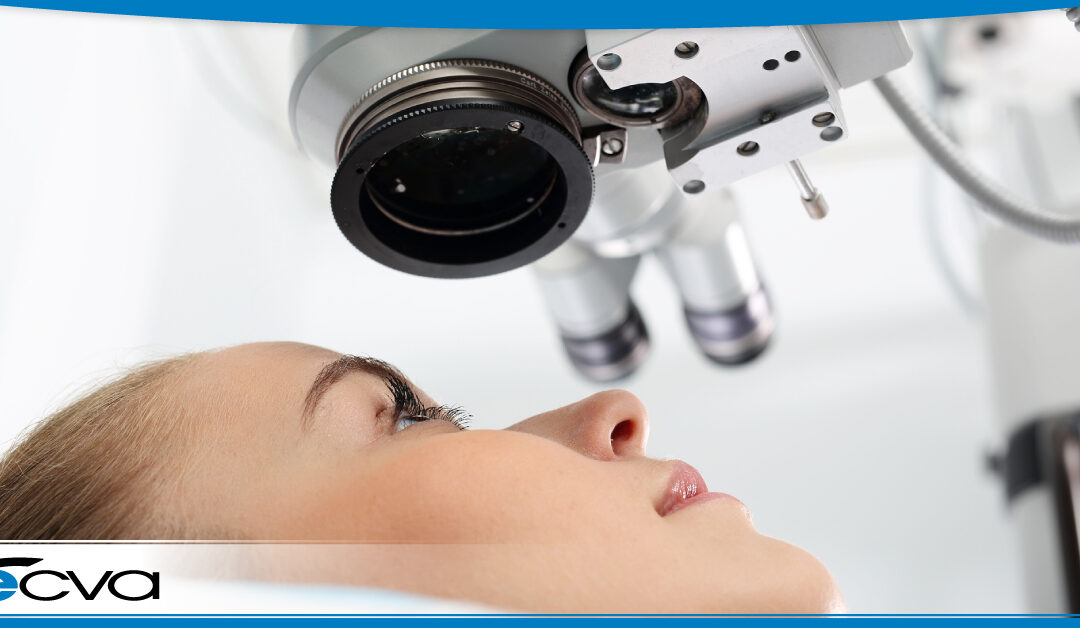
by preichert | Apr 29, 2024 | Cataracts, Glaucoma
Buffalo, New York, boasts a vibrant community of ophthalmologists dedicated to providing top-tier eye care services. Eye Care & Vision Associates (ECVA) is proud to be a member of this robust medical community. From addressing common conditions like cataracts to...
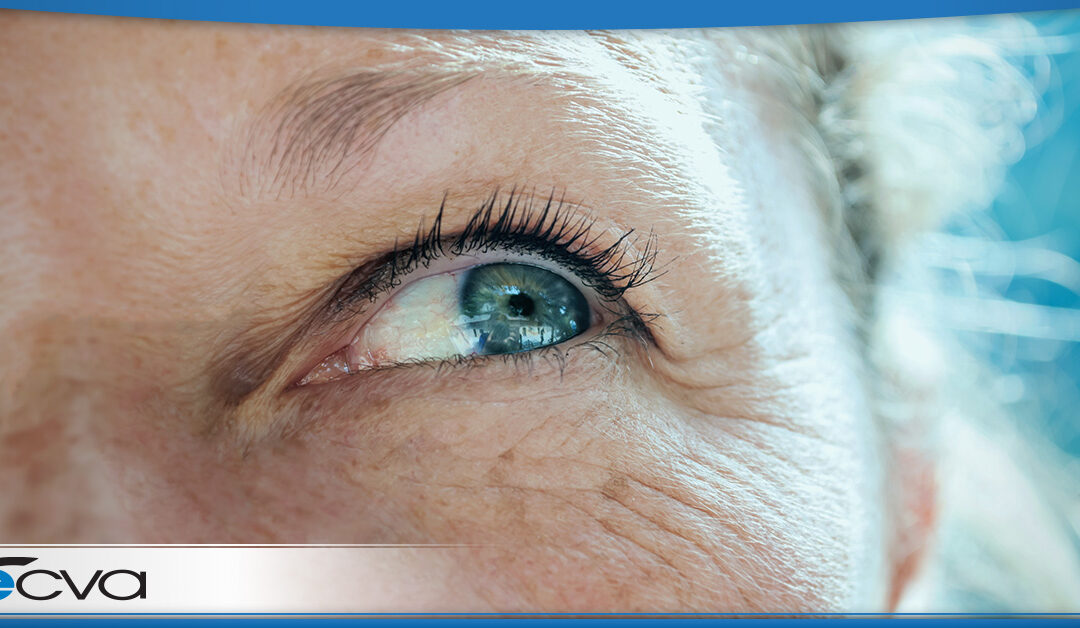
by ecvaeyeadminz | Feb 23, 2024 | Cataracts
Cataracts can significantly impact your vision, affecting daily activities and overall quality of life. For Southern Ontario residents considering cataract surgery, Buffalo, New York, offers a viable option for high-quality eye care. However, numerous questions may...







